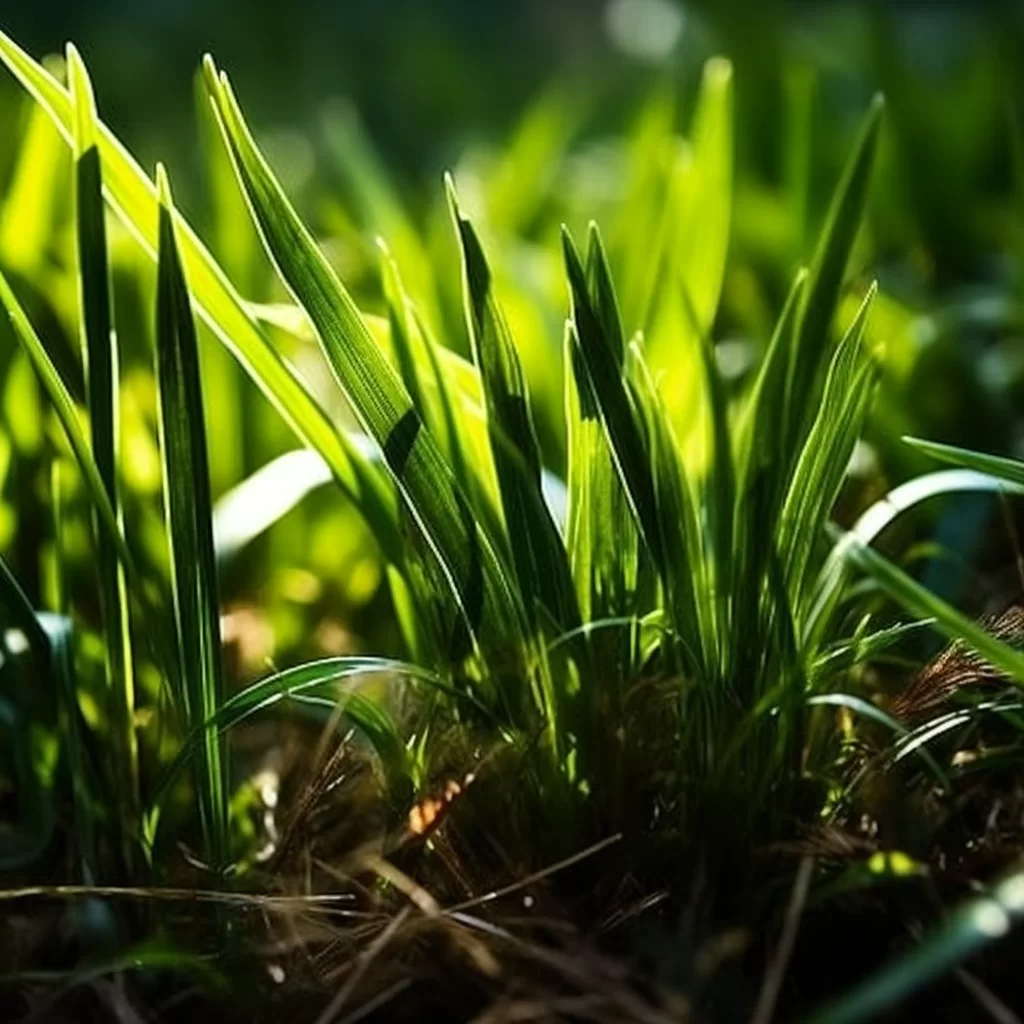Story of Day :
Contents
The Lilyturf Plant: A Comprehensive Guide and Care Tips
Introduction
Gardening enthusiasts are always on the lookout for new plants to cultivate in their gardens.
One such plant that has gained popularity over the years is the lilyturf plant.
Also known as Liriope, this perennial evergreen grass-like plant belongs to the Asparagaceae family and is native to East Asia.
In this article, we will provide you with a complete guide on how to grow and care for lilyturf in your garden.
Planting Lilyturf
Lilyturf grows best in well-draining soil with a pH level of 5.0-6.5.
It thrives in both full sunlight and partial shade but prefers sheltered locations from strong winds or heavy rains.
- Choose an area with enough space for your plants to grow because they can spread up to 18 inches wide.
- Dig holes that are twice as wide as the container holding your lilyturfs but do not make them too deep.
- Add compost or organic matter into each hole before planting your lilyturfs at a distance of about 12 inches apart from each other.
- Water thoroughly after planting and keep the soil moist until they establish roots within two weeks of planting.
Caring for Your Lilyturf Plant

Watering
Liriope requires consistent watering during its growing season (spring-summer) since it cannot tolerate droughts very well.
However, it should not be overwatered since waterlogged soils can cause root rotting problems.
Ideally, water deeply once per week, but adjust your watering schedule based on the weather and soil moisture levels.
Fertilizing
Lilyturf plants do not require frequent fertilization since too much nitrogen can lead to extensive foliage growth and weak roots.
However, you may apply a slow-release balanced fertilizer in early spring or late fall to promote healthy growth and flowering.
Pruning
Liriope does not require annual pruning, but you can remove old yellowed leaves with garden scissors to encourage new growth.
Additionally, it is best to remove spent flower spikes once they have finished blooming for aesthetic purposes.
Pests and Diseases
Lilyturf is resistant to most pests and diseases.
However, some of the common problems that might affect your plant include:

- Spider Mites: You will notice spider mites when you spot tiny webs on the leaves of your plant.
Spray with insecticidal soap or neem oil as soon as possible.
- Slugs: If there are holes in your lilyturf’s leaves or ragged edges around them, slugs may be feeding on it.
Use slug bait around the plant’s base or handpick them off during their active periods.
- Crown Rot: This disease affects lilyturfs growing in waterlogged soils.
Ensure proper drainage by improving soil structure before planting new ones if this occurs due to overwatering habits.
Conclusion
Growing lilyturfs is easy because they require minimal maintenance while adding an attractive look to any garden throughout the year.
Now that you have learned how to grow and care for these plants properly let us know what other plants interest you to grow in your garden?